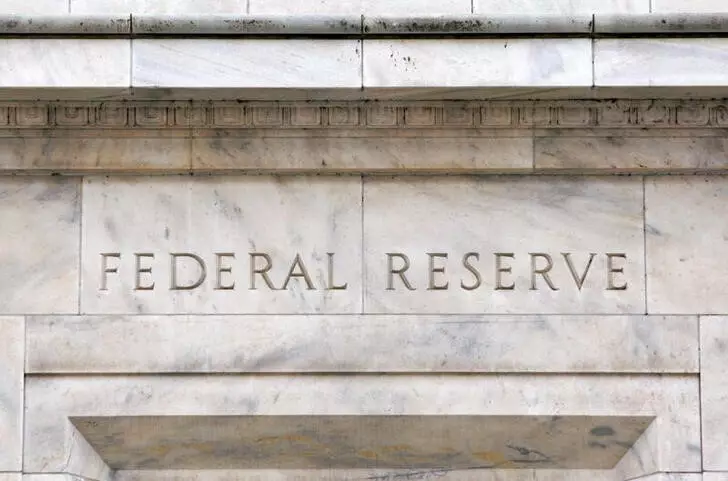As we delve into the intricacies of the U.S. economy, recent communications from Deutsche Bank have spotlighted a notable shift in market expectations surrounding the Federal Reserve’s interest rate policies. Prior to the adjustments made in September, the central bank’s strategy seemed more assertive in cutting rates. However, as data emerges, the idea of pausing these cuts is gaining traction. This shift sparks a debate about the actual feasibility of such a pause, demanding an examination of the economic metrics that would inform the Fed’s decision.
In their analysis, Deutsche Bank economists indicate that recent economic indicators still allow for the possibility of further interest rate reductions. Specifically, they project a probable 25-basis-point cut in the upcoming December meeting. This forecast rests upon intricate policy rules that the Fed traditionally employs to guide its monetary policy decisions. These rules suggest that the Fed may still operate comfortably below a threshold of 4.5% while adjusting its rates. Yet, the complexities of inflation and employment metrics limit the rate cuts the Fed can execute without approaching the neutral rate—a point that reflects neither inflationary nor deflationary pressures on the economy.
Deutsche Bank’s strategists have identified two crucial conditions that would have to unfold for the Federal Reserve to contemplate pausing their rate cuts. The first is the persistence of inflation at higher than desired levels. Indicators such as the Core Personal Consumption Expenditures (PCE) index must stabilize around a 0.3% growth, suggesting that inflationary pressures are holding firm. Such a scenario would compel the Fed to reconsider further rate reductions, as persistent inflation could undermine the economic recovery.
The second condition is directly tied to the labor market. A resilient employment sector, evidenced by steady wage growth and a favorable unemployment rate—ideally at or below 4.1%—is critical. A strong labor market benefits consumer spending, thus invigorating economic growth. For the Fed, observing improvements in hiring metrics and a stable labor market would alleviate concerns about lowering interest rates further while balancing the need for continuous economic stimulation.
Strategists from Deutsche Bank note that the economic data landscape is extremely sensitive, especially with unpredictable factors such as hurricane impacts on data collection and timing. Furthermore, they suggest that seasonal inflation effects may emerge, complicating the Fed’s attempts at a clear analysis. As we approach 2025, projections indicate that the earlier issues of seasonal inflation could produce fluctuations in inflation readings, potentially fostering a more cautious approach from Fed officials as they weigh new rate cuts.
As political dynamics also play a pivotal role, the outcomes of upcoming elections add another layer of uncertainty. A uniform “red sweep” in elections, devoid of additional tariffs, could provoke a hawkish stance from the Fed, while disparate political scenarios might bring about unique challenges and pressures that cannot be overlooked.
While projections indicate the likelihood of a December rate cut, the Federal Reserve’s trajectory remains precarious. As Deutsche Bank points out, the balance of inflation data, labor market health, and external political factors significantly influences the Fed’s monetary policy decisions. As 2025 nears, the potential for a shift regarding rate cuts hinges on the same economic indicators that have shaped previous decisions. In this age of economic unpredictability, monitoring these critical factors will be essential for stakeholders and economists alike, ensuring any planned financial strategies are well-informed and responsive to the evolving landscape. The path forward is laden with opportunities, yet fraught with intricacies that demand careful navigation in both policy decisions and market expectations.

